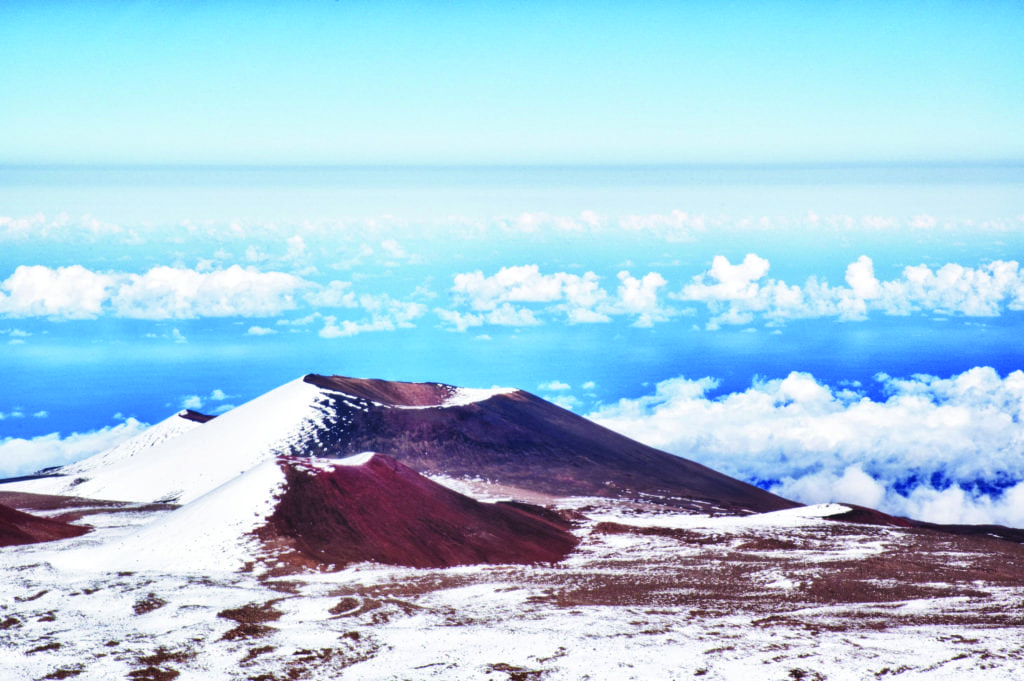The Topmost Hill Insect (July 25)


Is there life atop a frozen, cinder-covered volcanic peak? Yes, a small insect named Puʻu Wekiu, which means “topmost hill” in the Hawaiian language. It is a tiny, flightless bug whose habitat is the 13,796 foot summit of the tallest volcano in Hawaii, Mauna Kea. The summit of Mauna Kea represents one of the most extreme environments in the Hawaiian Islands with almost no plant life. Daily temperature fluctuations can be between 25ºF and 116ºF with a winter snow pack covering the peak, creating below-freezing temperatures for much of the year.1 So, how does the insect survive?
Unlike most other lygaeids that eat seeds, the Wekiu feeds on insects that are blown to the top of the mountain and die. This is actually a large resource; snow packs at the summit are often covered with thousands of dead insects. When the snow melts, wekiu bugs can be found at the edge feeding on insects that drop out of the melting snow. Wekiu also have “antifreeze” in their blood that allows them to survive at below-freezing temperatures.2
Any other insect would not be able to survive such conditions! From the beginning, God knew what the wekiu needed in order to survive and programmed into the insect the characteristics that were needed. Here we have a small insect, in a harsh environment, testifying to the Creator’s care and foreknowledge.
Psalm 105:2
KJV: Sing unto him, sing psalms unto him: talk ye of all his wondrous works.
NIV: Sing to him, sing praise to him; tell of all his wonderful acts.
